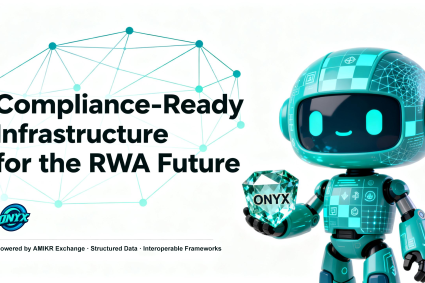
In 2025, Refinitiv unveiled a radically new ESG scoring engine. Rather than relying solely on corporate disclosures and third-party audits, the system ingests over 2 million real-time social signals per day—from viral posts to satellite data embedded in selfies.
This isn’t sustainability reporting. It’s reputation mining at hyperscale.
When Tweets Move Markets
A telling case: A leaked photo of a fossil fuel CEO vacationing on a luxury yacht during a wildfire crisis trended on X (formerly Twitter). Refinitiv’s ESG engine flagged the event as “eco-hypocrisy,” triggering an automated downgrade in the company’s environmental score. Within hours, share prices dropped 9%.
This moment crystallized a truth: Public perception has become a tangible asset—and liability.

From Hashtags to Credit Scores
In China, Ant Forest users—who earn points by engaging in green behaviors—are finding their data monetized in novel ways. Banks now use individual carbon footprints to adjust green loan interest rates, with a 300 basis point swing between high and low scorers. A user who bikes to work and avoids meat could pay significantly less for a mortgage than one who doesn’t.
Here, ESG isn’t a boardroom KPI—it’s a personal financial lever.
The Rise of the Digital Sentiment Economy
As AI scrapes emotional tone, image metadata, and geotags from social feeds, corporate ESG profiles become living, breathing reputational ledgers. This dynamic creates a feedback loop: companies now compete not just on emissions or diversity metrics, but on perceived authenticity and behavioral consistency.
Suddenly, a brand’s TikTok backlash or grassroots praise can swing its market valuation more than an earnings report.
The New GAAP: Generally Accepted Attention Principles?
Traditional accounting is unprepared for this shift. Analysts are calling for a new balance sheet line item: “Digital Reputation Reserves”—funds set aside to absorb valuation shocks from viral ESG events.
Meanwhile, activist investors are hiring meme strategists and AI sentiment engineers to sway ESG narratives, not just financial forecasts.





